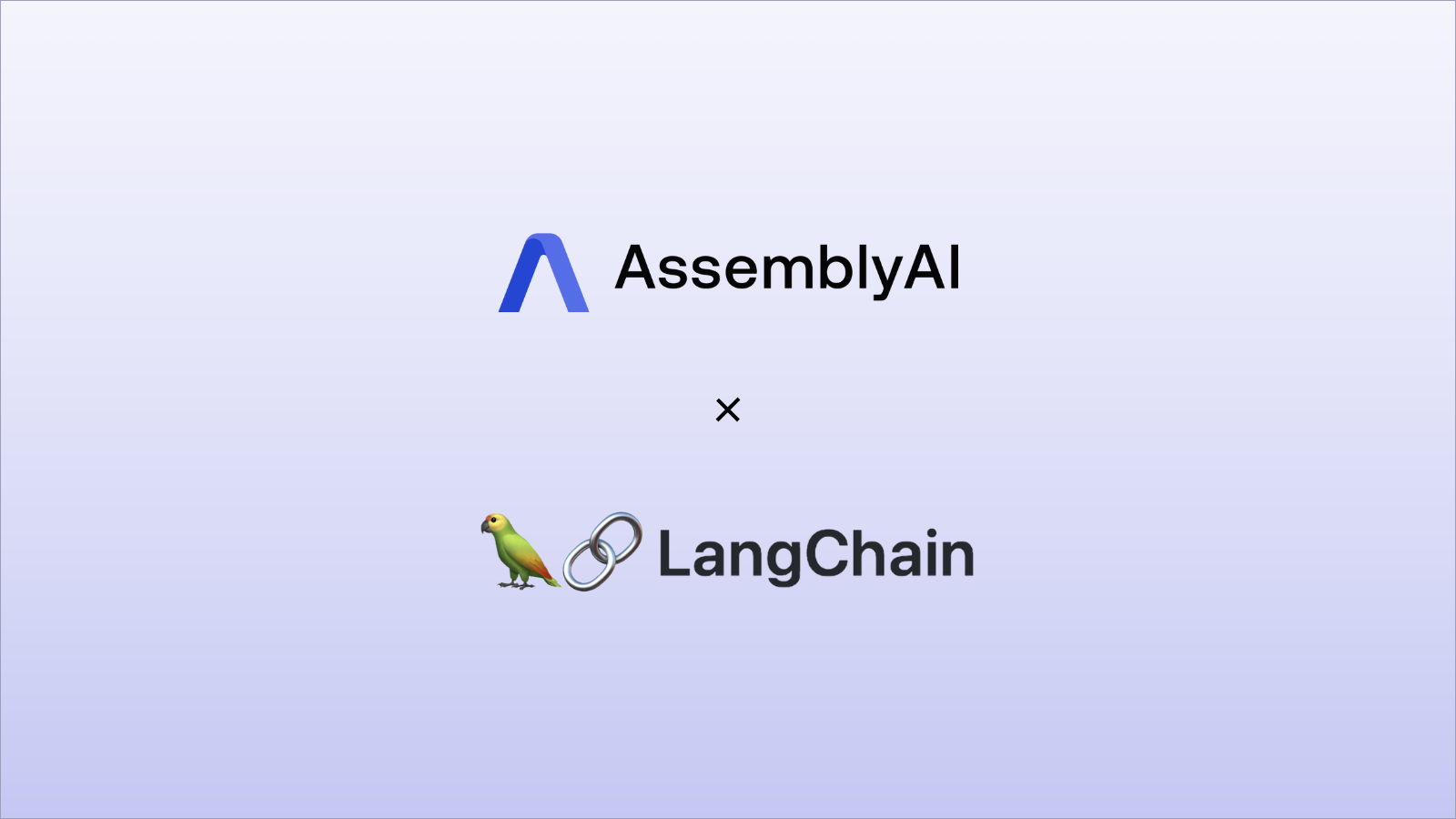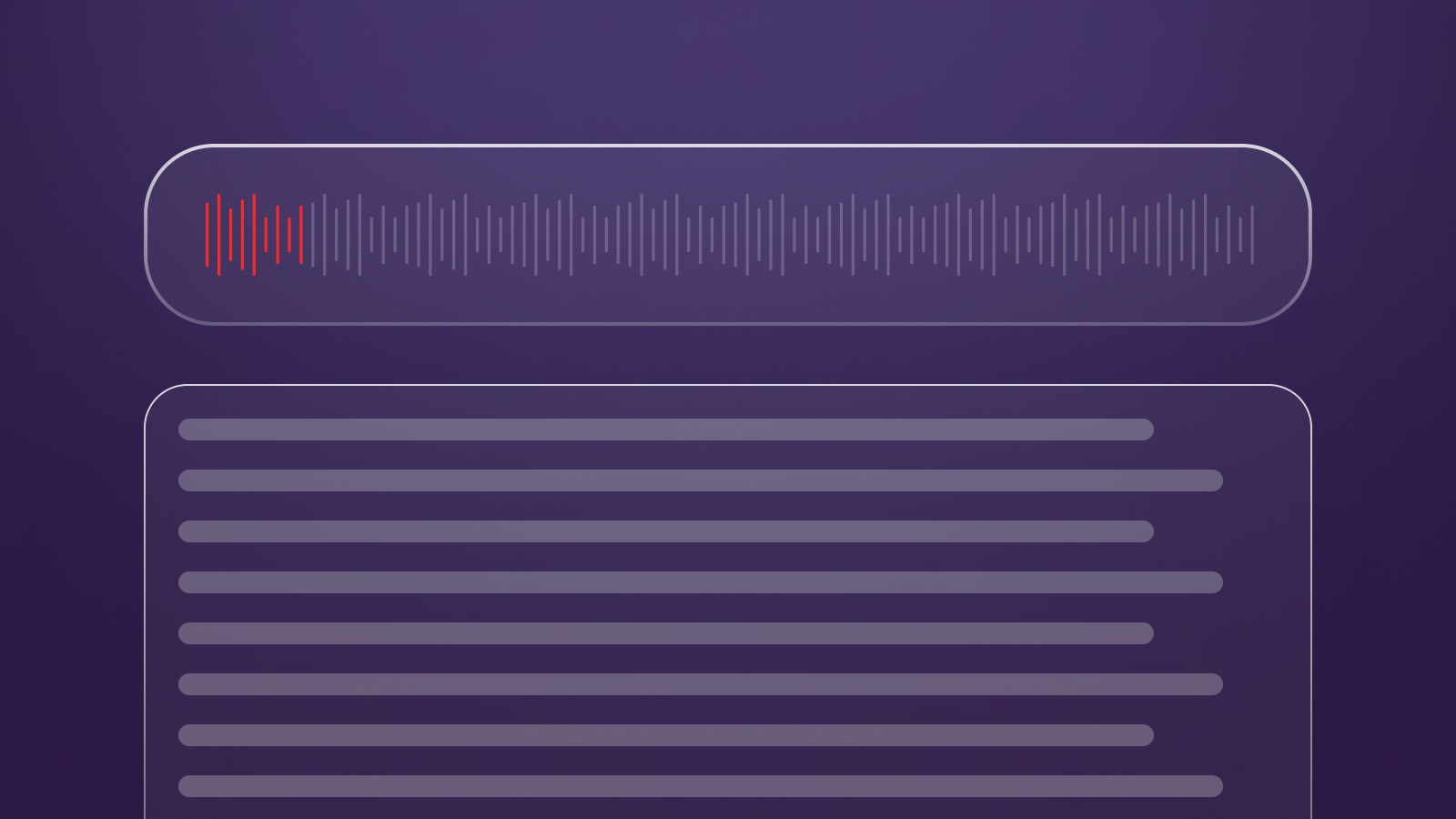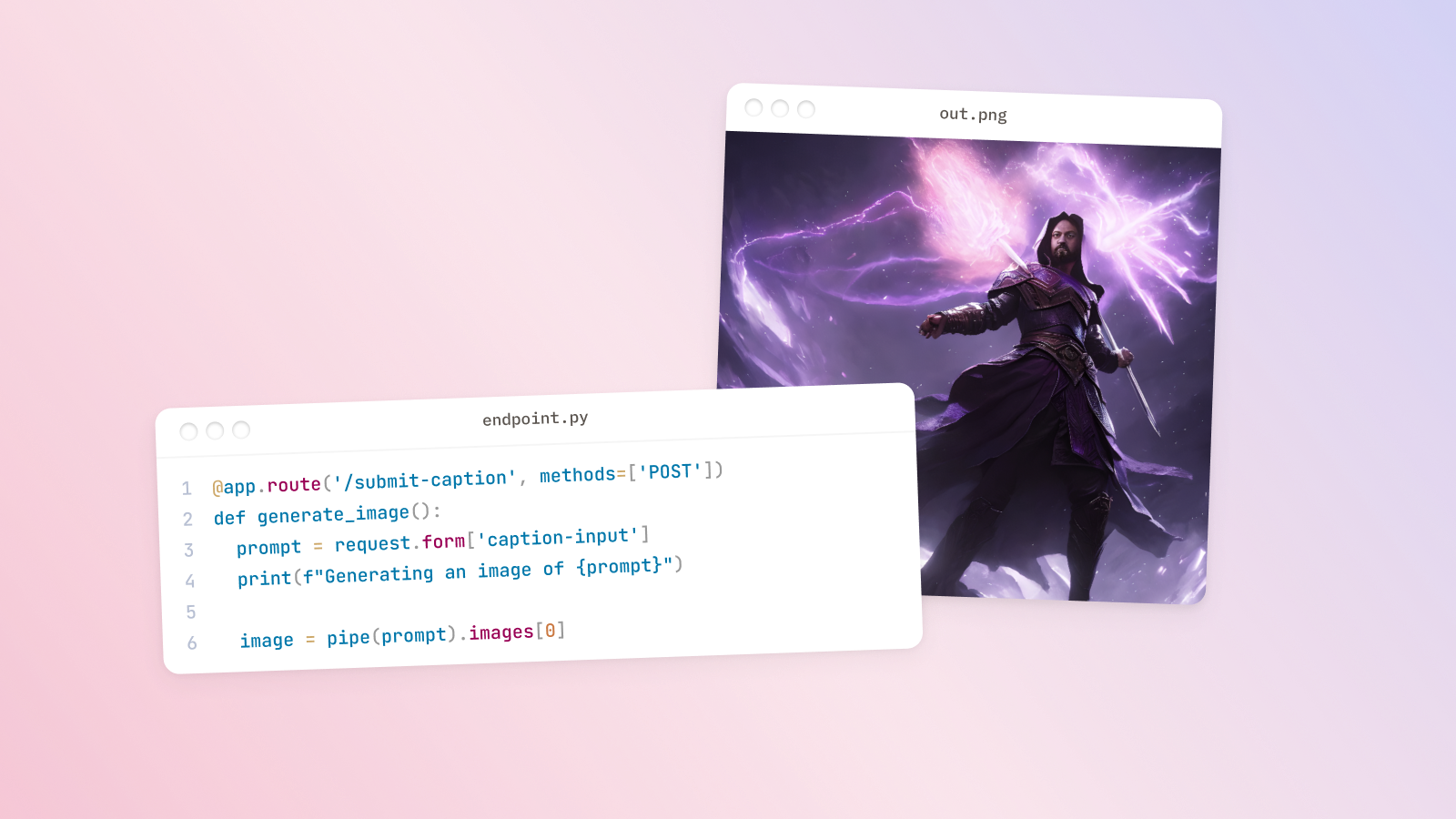
Retrieval Augmented Generation on audio data with LangChain and Chroma
Retrieval Augmented Generation (RAG) allows you to add relevant documents as context when querying LLMs. Learn how to perform RAG on audio data using LangChain and Chroma in this tutorial.




























